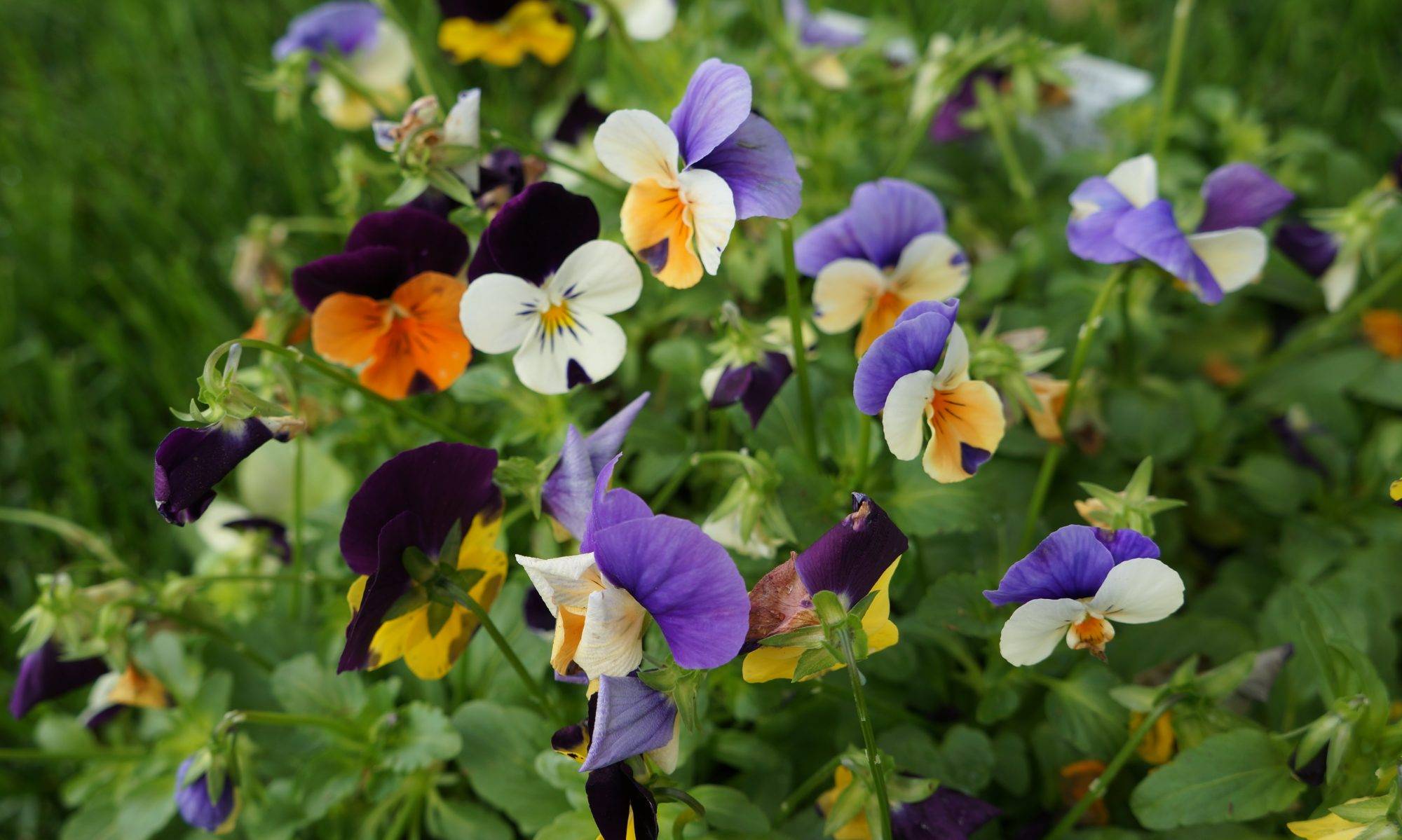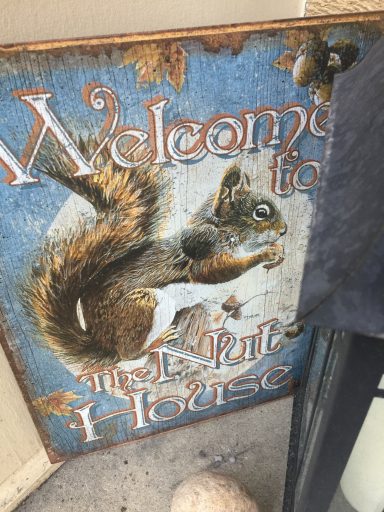If you can’t beat them, might as well enjoy them
There really is a National Squirrel Appreciation Day every January 21st.
Appreciating these adorable mammals that scamper around cities, suburbs, parks, and forests may need an attitude adjustment especially if you’re plagued by squirrels squatting in your attic or squirrels totally unbaffled by the baffle of your backyard bird feeder. But these animals definitely have a good side
Amazing Facts About the Squirrel
• There are over 265 species of squirrel worldwide. The smallest is the African pygmy squirrel which is tiny at around 10 cm long, whereas the largest, the Indian giant squirrel is a massive three feet long.
• When a squirrel is scared and feels that it is in danger, it will at first remain motionless. If it is on the ground, it will run to a nearby tree and climb to safety, and if it is already in a tree it will circle the trunk and press up against the bark tightly with its body.
• Squirrels are very trusting animals, and are one of the very few wild animal species which will eat out of a person’s hand.
• In colder regions, squirrels plan ahead in order to survive the challenging winter months. They store nuts and seeds at various locations and return to them throughout the winter to maintain their energy levels when food is scarce. They occasionally forget where they bury some of their nuts, which helps new habitat and food spring to life. They plant a lot of seeds and nuts, dig up previously planted ones, and aerate your lawn with holes all at the same time.
• Squirrels tend to run in erratic paths. This is intended to deceive potential predators as to its chosen direction so that it may escape.
• Squirrels are extremely intelligent creatures. They are known to put on elaborate bogus food burying displays to deceive onlookers. The fake burials are to trick potential thieves, such as other squirrels or birds, into thinking that they have stored their food stock there. Any observers planning on taking the stash will then focus on the bogus burial site, allowing the squirrel to bury the real stash elsewhere safely.
• Tree-dwelling squirrels such as the grey squirrel build dreys (similar to bird’s nests) made of twigs high in trees. They are about the size of a football and are lined with grass, bark, moss and feathers for added comfort and insulation.
• Squirrels communicate with each other through various vocalisations and scent marking. They also use their tails as a signalling device, twitching it when uneasy to alert other squirrels of potential danger.
• The squirrel is the Native American symbol for preparation, trust and thriftiness.
• Many bird enthusiasts have reversed their “zero tolerance” squirrel policy. Instead, they’re rolling out the welcome mat. . .
• Why, you ask? For one, squirrels occasionally forget where they bury some of their nuts, which helps new habitat and food spring to life. But, squirrels are also hugely entertaining. You’ve seen them rush to the end of a tiny limb, teeter as if likely to plummet, and then leap successfully onto one of your bird feeders – 15 ft away! Imagine the joy you’d feel if this act in no way impacted visiting songbirds. With thoughtful backyard planning, you can enjoy these witty visitors – without sacrificing your songbirds.
• First – Establish clear feeding areas for squirrels, since their presence can scare away songbirds. Place squirrel feeding stations at least 15 ft from songbird feeders.
•
• Second – Employ their persistent methods for your personal amusement. Give them a squirrel feeder that makes them work for their food, and thus gives you an amusing look at their intelligent problem-solving skills. Adirondack Chair feeders will keep a smile on your face while also keeping squirrels away from bird feeders.
• Third – Keep squirrel feeders filled with mixes they love, so they’ll be less tempted by wild bird offerings. Squirrels enjoy peanuts in the shell, dried corn, and sunflower seed. You can give them all three, plus vitamins and minerals, when you offer our Squirrel Food.

